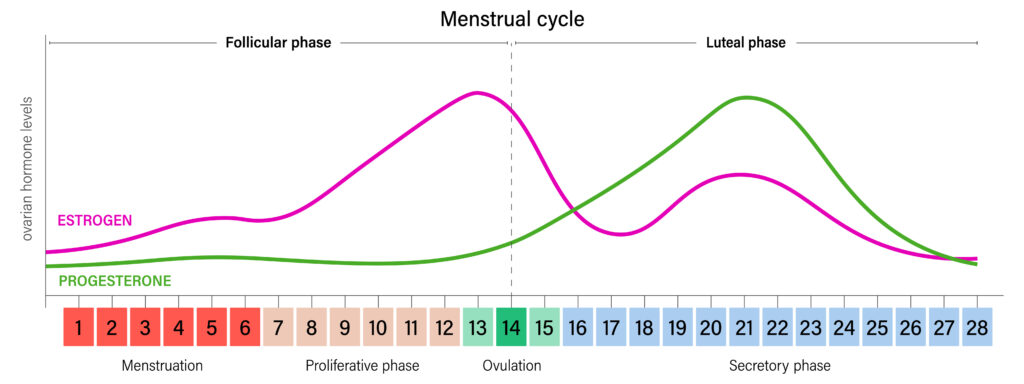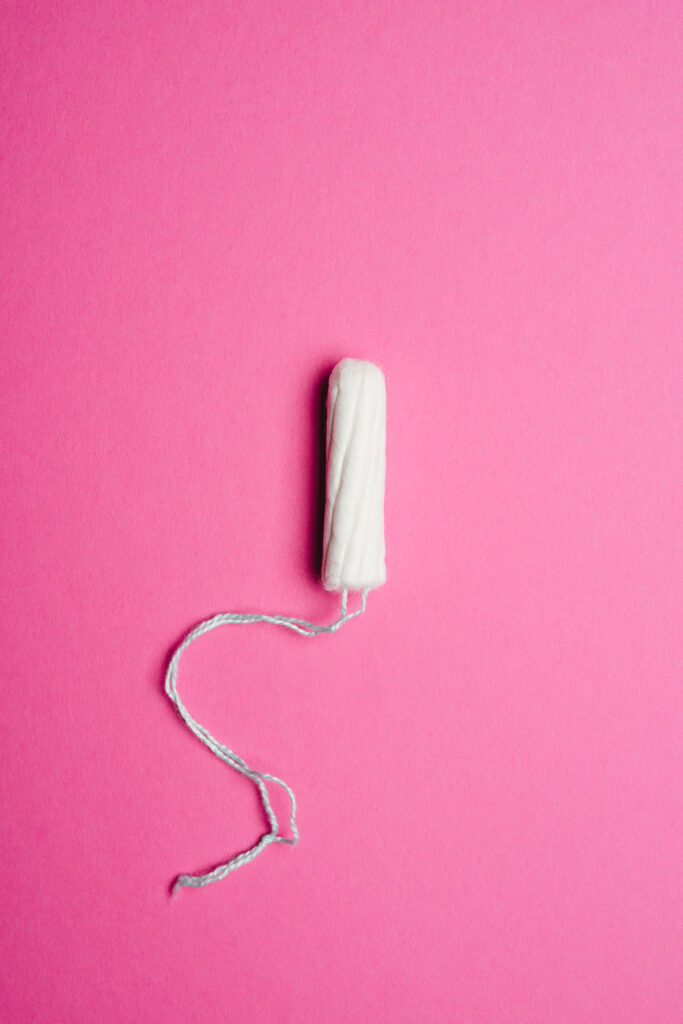Is This Normal? The Athlete Menstrual Cycle
The menstrual cycle is a natural and integral part of a female athlete’s reproductive system. It plays a crucial role in athletic performance, fertility, and overall health. Despite being a common phenomenon, there is often confusion surrounding what constitutes a normal menstrual cycle.
The truth is, there’s no such thing as a “normal” cycle because every cycle is unique and can fluctuate across the lifespan. In this article, we’ll delve into the intricacies of the menstrual cycle, exploring its phases, duration, and variations that can be considered within the range of normalcy.
Defining the Athlete Menstrual Cycle

The menstrual cycle refers to the monthly hormonal and physiological changes that occur in a woman’s body in preparation for a possible pregnancy. On average, a menstrual cycle lasts around 28 days. It can range from 21 to 35 days and still be considered normal. Key to knowing whether a menstrual cycle is normal: understanding the various phases. If you already know enough about your cycle and want more information, check out these articles on training with your cycle, birth control for athletes, and LEA and REDS.
Phases of the Menstrual Cycle

Menstrual Phase (Days 1-5)
This marks the beginning of the cycle and involves the shedding of the uterine lining if pregnancy did not occur during the previous cycle. Menstruation typically lasts 3 to 7 days. A healthy amount of blood loss for each period is 2-3 tablespoons of blood. If you experience heavy periods, check with your doctor to rule out any underlying issues.
Follicular Phase (Days 1-13)
The body begins preparing for ovulation by releasing hormones that stimulate the development of an egg within the ovaries. This phase can vary in length but usually lasts from 7 to 21 days.
Ovulation (Day 12-17)
Around the middle of the cycle, an egg is released from the ovary and travels down the fallopian tube, making it available for fertilization. Ovulation is a critical phase for conception.
Luteal Phase of the Menstrual Cycle (Days 15-28)
After ovulation, the empty follicle transforms into a structure called the corpus luteum, which produces hormones to support a potential pregnancy. If fertilization does not occur, the corpus luteum breaks down, leading to the start of the next menstrual cycle.
Factors Influencing Normal Variations in the Menstrual Cycle
It’s essential to recognize that “normalcy” can vary from person to person. A number of factors can influence the length and regularity of the menstrual cycle. Some of these factors include:
- Age: Menstrual cycles tend to be more irregular during adolescence and perimenopause.
- Stress: Physical or emotional stress can impact hormone levels and, consequently, the menstrual cycle. The ABT.She panel can be helpful in determining whether your training load is negatively impacting your cycle. When your body is stressed (physically, emotionally, or a combination of factors) hormone production can decrease. The ABT.She panel measures key biomarkers that help you know whether your body can handle your current training (and life) load.
- Weight: Significant weight loss or gain can affect the balance of hormones, leading to irregular cycles.
- Medical Conditions: Conditions such as polycystic ovary syndrome (PCOS) or thyroid disorders can influence menstrual regularity.
Is It “Normal” for Athlete to Miss Periods?
In short, no. If you miss a period every once in a while that isn’t usually a big deal, but if it’s happening several times a year, that is a red flag. It’s part of our mission here at Athlete Blood Test to help change the narrative around female athlete health and performance. As always, it’s important to talk to your medical doctor about any changes in your menstrual cycle, including a missed period. misconceptions, it’s not normal or healthy for athletes to miss their period. If a provider tells you it’s normal for athletes not to have a period or they suggest putting you on birth control to help “regulate” your cycle, find a new provider.
How Long Should An Athlete’s Period Last?
A “normal” period should last 3-7 days. If it’s shorter than this, it could be an anovulatory cycle, meaning ovulation (an egg being released) didn’t occur. If it’s more than this, you could be at risk of low iron levels. You can check your iron levels as part of most ABT panels, including the ABT.She panel, or the stand alone Iron Panel. If your period is consistently shorter than 3 days or longer than 7 days, talk to your health care provider.
How Long Is a Normal Menstrual Cycle for Athletes?
A healthy menstrual cycle is anywhere between 21-35 days long. It’s quite normal to have variation between months. For example, maybe one month it’s 30 days long and the next month it’s 27 days long. If your menstrual cycle is shorter than 21 days or longer than 35 days, talk with your doctor.
Conclusion
In conclusion, a normal menstrual cycle is a complex and dynamic process, with variations that fall within a broad range. While the average cycle is around 28 days, it is considered normal for cycles to last between 21 and 35 days. Women often bleed for 2-6 days and lose about 2-3 tablespoons of blood. It’s crucial for individuals to understand their bodies and recognize that factors like age, stress, weight, and medical conditions can contribute to normal variations in menstrual cycles. If you want more information on the menstrual cycle, check out articles from reputable sources, including the Cleveland Clinic and the Mayo Clinic.


